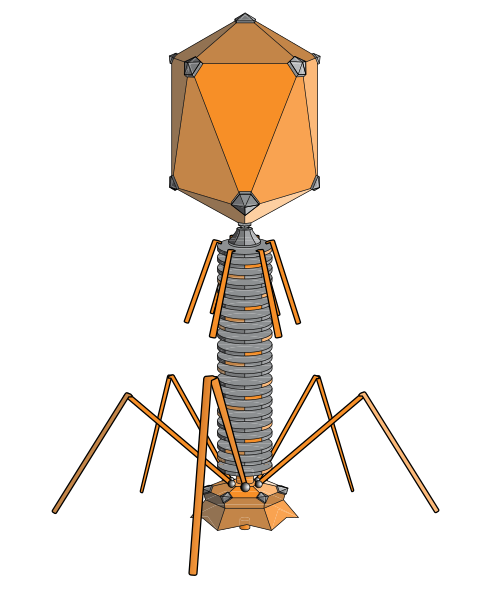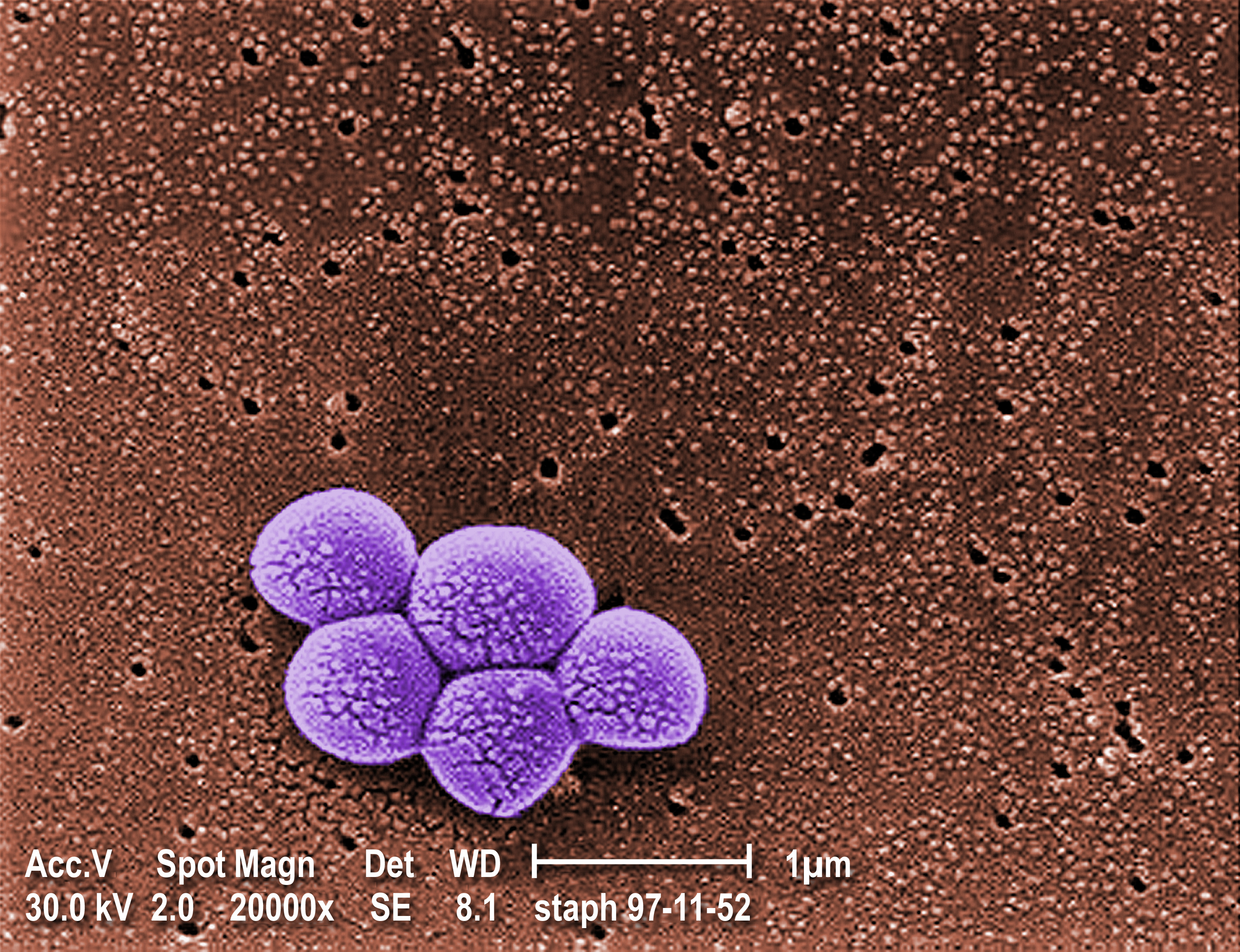Que tal se imbuir do espírito Olímpico para retratar um outro tipo de competição que ocorre o tempo todo? O artigo de revisão The Microbial Olympics, publicado na Nature Reviews Microbiology (2012 Jul 16;10(8):583-8, Youle et al), fez exatamente isso. Os autores retratam de maneira talentosa, bem humorada e criativa como os microorganismos competem para sobreviver e prosperar, concorrendo em diferentes modalidades. O blog The Beast, The Bard and The Bot fez um resumo ilustrado que replico abaixo, após o abstract do artigo original.
E viva o espírito Olímpico!!
Abstract
Every four years, the Olympic Games plays host to competitors who have built on their natural talent by training for many years to become the best in their chosen discipline. Similar spirit and endeavour can be found throughout the microbial world, in which every day is a competition to survive and thrive. Microorganisms are trained through evolution to become the fittest and the best adapted to a particular environmental niche or lifestyle, and to innovate when the 'rules of the game' are changed by alterations to their natural habitats. In this Essay, we honour the best competitors in the microbial world by inviting them to take part in the inaugural Microbial Olympics.
Sprint
The games begin with the sprint (in other words, the organism that reproduces fastest). Here, the eukaryotic yeast competes with the bacteria Escherichia coli. The latter seems to take the gold. Until the third contestant shows up. A phage (virus that infects bacteria). Every bacterial cell explodes into a multitude of phages.
Gold to phage.

Bacteriophage structure.
(Source: Wikimedia Commons, author: Adenosine)
(Source: Wikimedia Commons, author: Adenosine)
Boxing
Next, boxing. Four contestants go head to head (or cell to cell).
First semi-final: Deinococcus radiodurans vs. Pseudomonas aeruginosa. Winner: P. aeruginosa by toxin attack.
Second semi-final: Neisseria gonorrhoeae vs. methicillin-resistant Staphylococcus aureus (aka MRSA). Winner: MRSA, after disqualification of Neisseria due to ‘hit below the belt.
Final: Pseudomonas initially wins thanks to biofilm formation and antimicrobial cocktail, but is disqualified because of the ban on ‘performance-enhancing’ small molecules.
Gold to MRSA.

MRSA
(Source: Wikimedia Commons, author: Janice Carr.)
(Source: Wikimedia Commons, author: Janice Carr.)
100 μm freestyle swimming
Entry is limited to micro-meter sized contestants to keep it fair. an early favorite,Bdellovibrio bacteriovorus, was disqualified in the heats for eating another competitor. The final is won by Rhodobacter sphaeroides, in a whopping 2.02 seconds.
Gold to R. sphaeroides.

R. sphaeroides
(Source: http://genome.jgi-psf.org/rhos5/rhos5.home.html)
(Source: http://genome.jgi-psf.org/rhos5/rhos5.home.html)
Pathogen relay
Here, human hosts are introduced. The pathogens infect a host, who then runs, walks or crawls to the next in host in line. The pathogen’s taks is to infect this second host before he/she can get away. And this for four hosts. The plague (Yersinia pestis), chlamydia (Chlamydia trachomatis), bird flu (avain flu influenza H5N1), and the common cold (rhinovirus) compete. The latter one comes home with the gold, thanks to a combination of a high transmission rate and low virulence.
Gold: rhinovirus.

Human rhinovirus
(Source: Wikimedia Commons, author: Robin S)
(Source: Wikimedia Commons, author: Robin S)
Diving
First up is Photobacterium phosphoreum, glowing in the dark with deep-sea fish as his partner. Next is the Rhizosolenia diatom, which forms groups of floating mats until nutrients are depleted when they make themselves heavier to exploit subsurface resources. After a while they resurface, and the cycle begins again. Finally, Escherichia coli, dives to a depth of 11km hiding in its human host, but fails to provide much evidence for synchronization.
Gold: P. phosphoreum.

P. phosphoreum culture.
(Source: citizendium, author: Peter Edin)
(Source: citizendium, author: Peter Edin)
(To finish off, a preview for the Winter Games is offered. Winner here is Colwellia psychrerythraea, strain 34, holding the low-temperature-growth record at -12°C.)

Nenhum comentário:
Postar um comentário